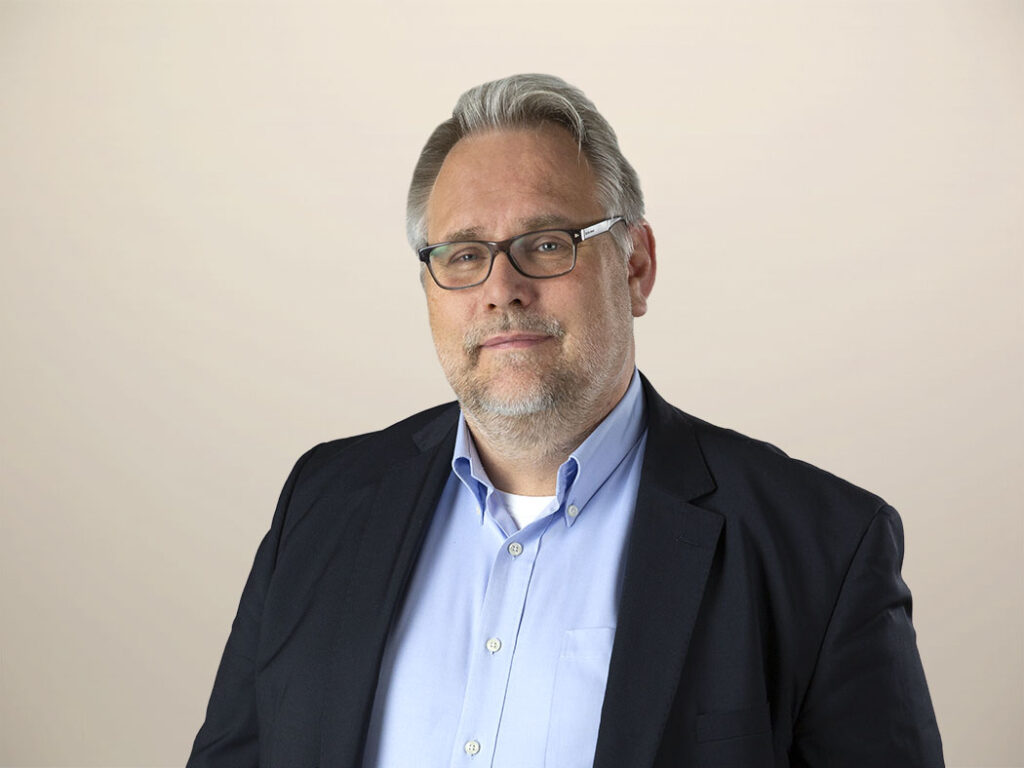Practices Deliver What Processes Can’t
Corporate leaders tell us that the processes that, for decades, have framed the internal dealings of their firms are no longer tolerable, as they need to become customer-obsessed. The increasing occurrence of titles such as chief customer officer, chief data officer, and chief digital officer is a tacit admission that firms need a higher level of cross-business-unit coordination to provide compelling customer experiences. Meanwhile, rising customer and employee needs, shorter decision-making cycles, faster technology change and innovation, and the need to avoid margin pressure and commoditization force companies to rethink their entire underlying approach to process.
Establish New Practices To Drive Speed And Innovation
Many tech execs and their teams have become quite comfortable with agile practices. Adoption remains strong, and teams are getting better at knowing when and where to use agile, DevOps, SecOps, and continuous delivery. But when expanding agile practices to the enterprise level, tech execs are confronted by a multitude of issues. As one tech exec told us, “We really see the benefits of using agile to drive better customer experiences. But many of our business partners still focus on driving internal efficiencies, which kind of works against our efforts to focus on external client benefits.”
To overcome these internal roadblocks, tech execs will have to move beyond agile and establish new practices that enable cross-functional teams to drive speed and innovation at scale. These practices will:
- Embrace ecosystems, individuals, and interactions over linear processes. Future fit leaders will act as “servant leaders” to their organizations, embrace a culture of openness and diversity, accelerate human-machine interactions, and adopt new practices that drive greater flexibility, cooperation, and creativity.
- Measure customer value instead of internal efficiency. Future fit tech executives will work with their executive peers to define and agree on joint success metrics that cut across different business functions and drive value for customers.
- Leverage common product and program management principles instead of rigid control. Future fit leaders will create a new set of practices beyond agile software delivery that meld together customer journey mapping, lean portfolio management, and integrated value stream management.
- Continuously respond to change instead of working the plan. Future fit leaders leverage collaborative, continuous planning, using value streams to identify which platforms, products, and services to prioritize.
Shifting beyond continuous improvement to continuous innovation isn’t easy and requires strong executive commitment and buy-in.
